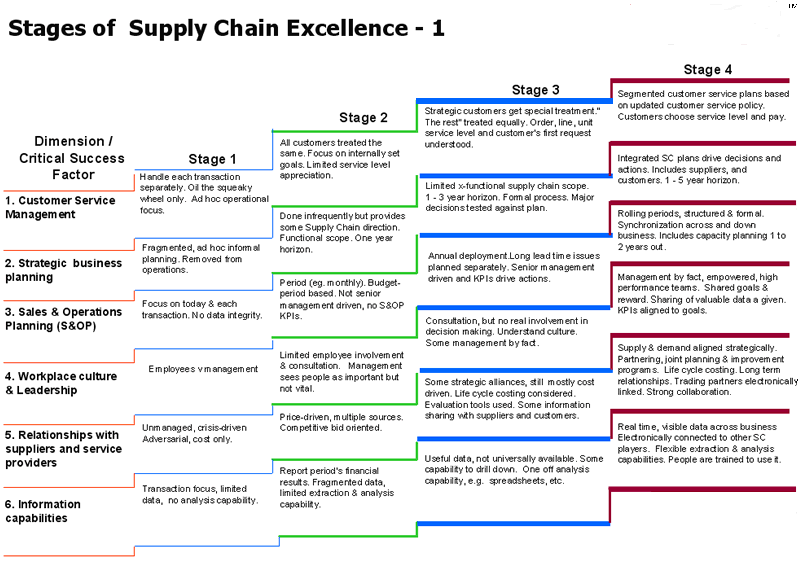The General Electric Company, better known worldwide as GE, is a multinational enterprise, holding a large share in the global economic market. GE is the world’s third largest company, offering a wide range of home appliances, other products, and services.
The company works on a four “E” principle, which helps through its leadership. The ‘energy’ to deal with the rising change in the market trends, the skill to ‘energize’ others through the environment it creates, the ‘edge’ to tackle the most difficult of situations and problems, and the ability to ‘execute’ with full enthusiasm (GE Annual Report, 2000).
GE was initially a US based company, but has now become famous and spread worldwide, thanks to globalization, with expertise from all over, creating innovative ideas and high quality products and services. The main aim of the company is to satisfy the consumers it has gained, and this can be achieved only through efforts to produce such products and services that are distinguishable.
Some of the home appliances that GE produces include refrigerators, freezers, ovens and cooking products, laundry products, dishwashers, and sinks and faucets. Apart from these appliances, GE also has its own business sectors, providing services throughout the globe. The way a product is supplied to the consumers since its production, involves a series of processes known as the supply chain.
The General Electric Company has established the ‘GE Supply’, for the distribution of its electronic products. It supplies to industrial and commercial users world over. For a company to excel in its product promotion, and serviceability, it is essential to have a convincing and useful supply chain. Each enterprise has its own supply chain management to follow; similarly, GE has its set up strategies which it pursues.
GE Supply Chain for Refrigerator
The supply chain of the refrigerators being given out to distributors includes some essential points for consideration. Each point has four stages to go through:
Customer Service Management
- Stage 1: The customer services need to be managed well, with transactions taken care of individually.
- Stage 2: All customers of refrigerator purchase need to be handled with justice, and equally.
- Stage 3: The first requirements of the customer need to be identified.
- Stage 4: The service level and pay is selected by customer.
Strategic Business Planning
- Stage 1: There is certain strategic business planning that is undertaken in a specific time period horizon.
- Stage 2: The operational planning includes focusing on the present day’s interactions.
- Stage 3: There are major decisions tested against the plan that is chalked out.
- Stage 4: Any long period dealings and matters are dealt with separately; any planning to be carried out is on a one to five year basis.
Operational Planning
- Stage 1: Focus on current day.
- Stage 2: All transactions based on monthly budget.
- Stage 3: The transactions which would take longer time to be driven by senior management.
- Stage 4: Capacity planning on a one to two year basis.
Workplace Culture
- Stage 1: Employees vs. management
- Stage 2: Less employee involvement
- Stage 3: Just a little consultation
- Stage 4: management done by high performance teams.
Relations with suppliers
- Stage 1: Not managed well and are crisis-driven.
- Stage 2: Price-driven.
- Stage 3: Mostly cost-driven.
- Stage 4: Strategic plan for supply and demand.
Information Ability
- Stage 1: No analysis due to limited data.
- Stage 2: Fragmented data
- Stage 3: Some data available, in the form of spreadsheets, etc.
- Stage 4: Visible data available.

Works Cited
Bench marking Success. 2008. Web.
General Electric Annual Report 2000. Web.